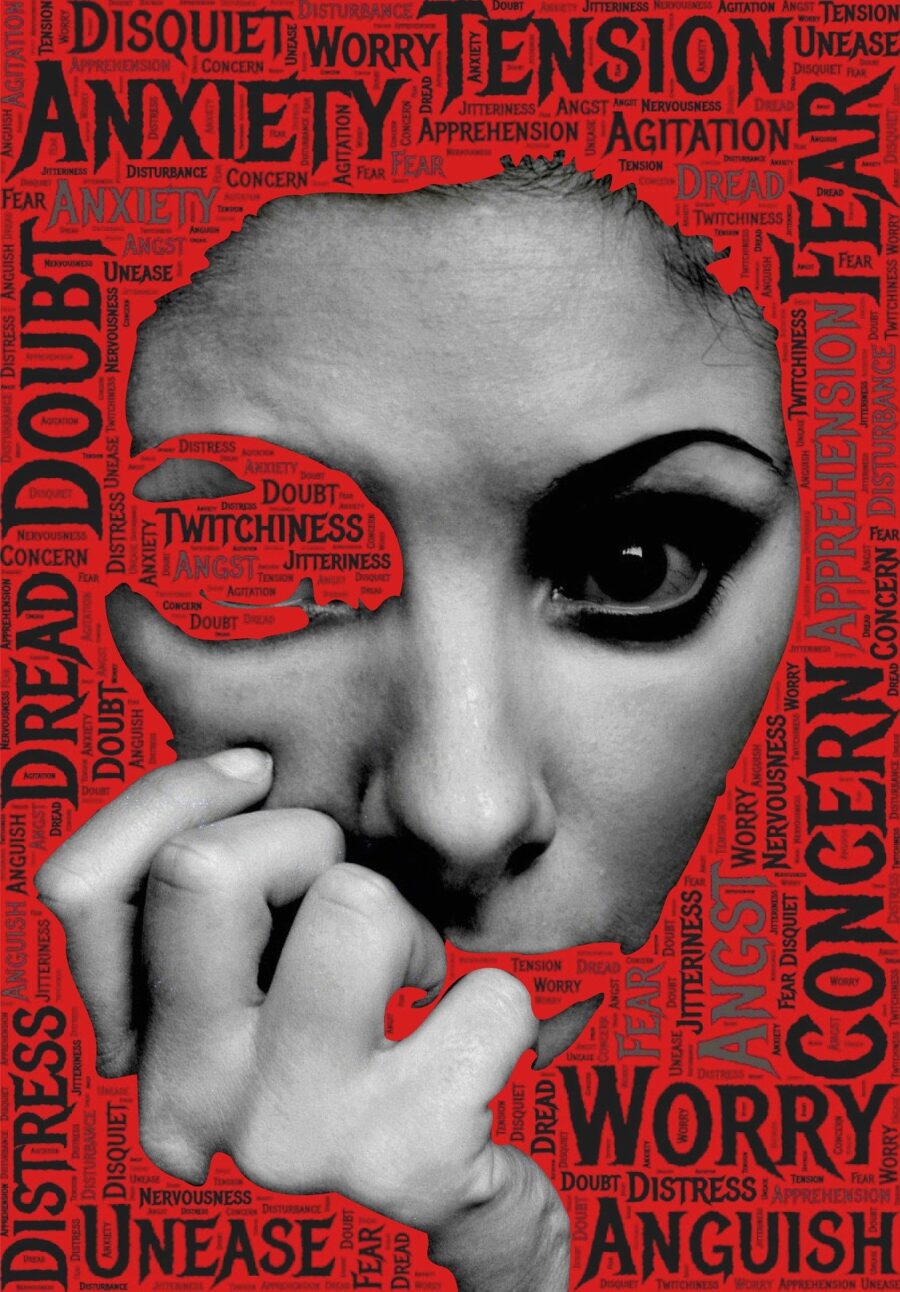Table of Contents
How to go From Nervous to Confident – This has been an evergreen and ever exploited subject. There is a technique used in NLP that can be so powerful in shifting your state that it should almost have a Government health warning attached to it.
Public speakers use it, athletes use it, sports people use it and millions of other ordinary people use it every day.
As a leader, one of the most valuable skills you can possess is unwavering confidence. However, even the most seasoned leaders can experience nervousness in challenging situations. To go from nervous to confident, a leader must first acknowledge their fears and identify their sources. By embracing a growth mindset, they can view nervousness as an opportunity for growth and self-improvement. Effective leaders practice self-compassion, understanding that it’s okay to be imperfect.
Preparation is key, as it enhances knowledge and fosters self-assurance. Leading by example, they encourage their team to step out of their comfort zones and embrace challenges. Through positive self-talk, visualisation, and maintaining a healthy work-life balance, a leader sets a powerful example of confidence that inspires those around them to excel and thrive.
The Brain That Changes Itself
In his brilliant and highly recommended book The Brain That Changes Itself, (al) Norman Doidge used a term from neuroscience that had been around a little while but wasn’t wildly used outside the very tight confines of a very small area of academic research.
“Neurons That Fire Together, Wire Together.”
It’s one of those brilliant phrases that pretty much explains itself. If you do two separate things over and over again at the same time, then the neurons required for each task will fire over and over again at the same time.
Not only that, but eventually they will fuse together so that one of the neurons firing will stimulate the other one, too.
In NLP this is called an anchor and in Psychotherapy it’s often called a trigger.
You have dozens of anchors, some good, some bad. You may have a certain smell that immediately reminds you of a happy time during your childhood.
Equally, you may have a negative anchor such as a song that when you hear it makes you immediately sad before you have even had chance to think about it.
Maybe that song was on the radio when you heard bad news or you ran over your cat on the driveway?
Setting Anchors
Before we get into how to set anchors a couple of words of warning:
Firstly, when setting an anchor, you are using your senses to create a state you want to be able to access at will at some future date.
Also, this is designed to give a short, sharp shock to the system and move it from one state to another quickly.
And what I mean by that is, if you set an anchor for confidence, firing it can give you the sense of confidence you desire, but it’s not permanent, or even close for that matter…
Related Content:
You can’t unlock your full potential when stuck in a “either/or” mindset



Leave a Reply